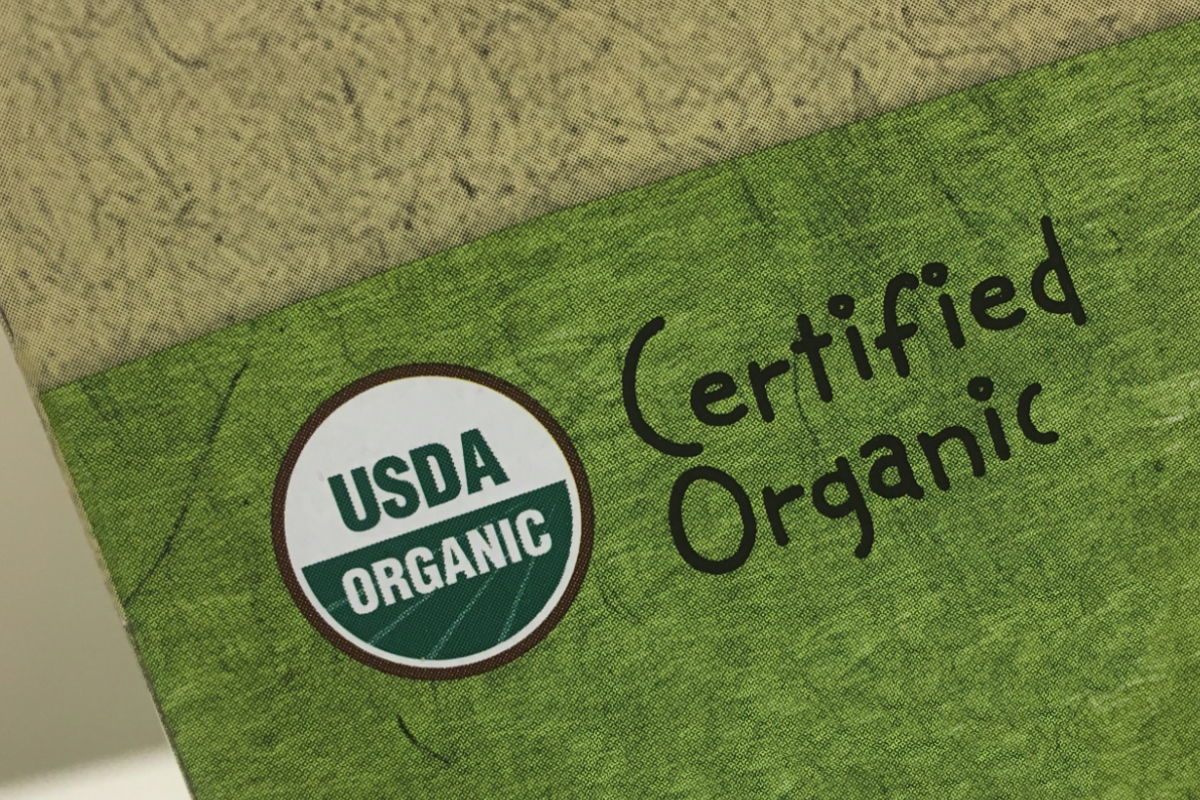The influence of organic food and beverages is growing

 KANSAS CITY — The market for certified organic food and beverage products in the United States continues to enjoy a robust rate of growth. Given the organic category’s small size, representing only 5% of U.S. food and beverage sales, it is not to be expected that sales of conventional food keep pace with organic. But close attention must be paid to how organic certification and the level of product purity it implies is influencing consumer perceptions and, more importantly, consumer purchasing patterns.
KANSAS CITY — The market for certified organic food and beverage products in the United States continues to enjoy a robust rate of growth. Given the organic category’s small size, representing only 5% of U.S. food and beverage sales, it is not to be expected that sales of conventional food keep pace with organic. But close attention must be paid to how organic certification and the level of product purity it implies is influencing consumer perceptions and, more importantly, consumer purchasing patterns.
Data from the Organic Trade Association show that in 2017 the category generated annual growth rate of 6.4 per cent over 2016 on sales of $49.4 billion. Fresh fruit and vegetables led the way by recording $16.5 billion in sales. Organic eggs and dairy are the second largest organic segment at $6.5 billion. Consumer demand for organic juices, as well as beverages sourced from organic almonds, soy, coconut and rice, propelled organic beverage sales to $5.9 billion and a robust growth rate of 10.5 per cent over 2016, ranking third.
At the individual consumer level, the percentage of eating occasions where foods with organic labels were consumed rose over the past three years to 9.7 per cent from 7.5, according to market research firm The NPD Group, as published in the annual National Eating Trends report. Over a 7-day period about 10 per cent of the population consumes all organic foods, 19 per cent consume all natural and organic foods, 20 per cent all-natural only foods, and 51 per cent of the population are non-users of organic and all-natural foods.
These rates of growth have not been lost on the manufacturers of conventional food and beverage products. It may be argued that the roots of the natural and clean label trends are embedded in efforts by conventional manufacturers to achieve the consumer perception organic enjoys without incurring the costs associated with certification.
Close attention must be paid to how organic certification and the level of product purity it implies is influencing consumer perceptions.
During the past decade, many food and beverage companies have invested significant sums in the reformulation of products to satisfy the consumer’s expectations for a “clean” ingredient label. Many well-known brands have undergone complete overhauls with an eye toward removing ingredients perceived as artificial. Yet the reformulation efforts, to date, generally have not achieved the desired results. While consumers may express interest in such items, they are not following up with purchases that spurs overall industry growth much beyond 1 per cent.
It is well known that from a health and nutrition perspective there is no difference between a conventional product and one produced under organic certification. Yet year after year more consumers are paying a premium for organic products they perceive as being better. A key insight may be that the popularity of organic food has less to do with the name and more to do with the certification process, the level of transparency it provides and the trust it engenders among consumers.
Such an insight may mean third-party verification and transparency play more significant roles in the consumer’s decision-making process. Incorporating such attributes into new product pipelines may allow marketers to capture the consumer’s attention and drive future growth.

No comments:
Post a Comment